使用 Explore Scientific 的望远镜和双筒望远镜,体验观测彗星的刺激。这场激动人心的冒险将太空的奇观直接呈现在您的指尖。按照本指南逐步操作,最大限度地提升您的彗星观测体验,捕捉宇宙之美。

了解彗星的位置和时间
查看星历表:使用可靠的天文学应用程序或JPL 的小天体数据库来追踪 任何彗星。这将为您提供您所在位置和时间的精确位置。
要了解有关彗星亮度和亮度曲线的更多信息,可以查看彗星观测(COBS)数据库。
暗夜观测计划:为了获得最佳观测体验,请尽量在新月阶段以及没有光污染的区域进行观测。如果您正在寻找最佳的暗夜观测点,请查看暗夜地点查找器。彗星在暗夜中以及高于地平线的位置观测时,其美丽最为明显。
选择您的设备
双筒望远镜:对于初学者或寻求广角视野的人来说,Explore Scientific 的Alpen Chisos 10x42 ED 双筒望远镜或Alpen Chisos 12x50 ED 双筒望远镜是不错的选择。这些型号的望远镜视野明亮宽阔,非常适合观测天空中昏暗模糊的彗星。
望远镜:
探索科学 AR102 或 AR152 折射镜:这些消色差折射镜具有鲜明的对比度和清晰度,非常适合用于彗发的广角视图,甚至是彗尾的一些细节。
探索科学 ED80 或 ED127 APO 望远镜:为了更近距离地观察彗星的核和尾,这些复消色差折射望远镜提供了出色的清晰度和色彩校正,非常适合视觉和天文摄影。
探索科学 FirstLight 多布森望远镜(8 英寸或 10 英寸):这些多布森望远镜拥有更大的口径,能够在彗星接近地球时提供更明亮、更细致的视野。您将能够看到彗尾的更多结构,甚至可能看到彗核附近的一些活动。
Vixen R200SS反射望远镜
R200SS 配备超快 f4 200 毫米光学系统和抛物面主镜,可拍摄无色差、极其清晰的图像。其采用先进技术制作的特殊涂层,为彗星和深空天体的观测和拍摄提供了理想的表面。
设置并校准你的望远镜
极轴对准:如果您使用像 Explore Scientific iEXOS100 这样的赤道仪,请确保正确的极轴对准,以便顺利地追踪彗星穿过天空。
跳星:使用探索科学反射站将您的望远镜对准彗星预期位置附近的明亮恒星或行星,可以轻松微调您的跟踪并更轻松地跟踪彗星的运动。
寻找彗星
双筒望远镜:扫描彗星预计所在区域的天空。寻找一颗可能带有彗尾的暗淡、模糊的“星星”。
望远镜:首先使用低倍目镜(25毫米或30毫米),以获得更广阔的视野,更容易找到彗星。找到彗星后,切换到高倍目镜(10毫米或15毫米),以便更清晰地观察彗发和彗尾的细节。
观察主要特征
彗核和彗发:即使使用双筒望远镜或小型望远镜,您也会注意到明亮的彗核被发光的气体和尘埃彗发所包围。
彗尾:根据彗星的亮度, 你可能会观察到它的尘埃和离子尾。使用中高倍放大镜来研究彗尾的结构和细节。
可选:天文摄影
如果您热衷于天文摄影,可以使用 Explore Scientific 的 iEXOS100 等配备 PMCEight 系统的支架,通过数码单反相机或专用天文相机追踪彗星。长时间曝光可以展现彗尾和彗发的惊人细节。为了获得最佳效果,可以尝试使用 Explore Scientific ED80 等广角折射镜。
记录和共享
请务必与当地天文学团体或在线社区分享您的观测结果和图像。无论您是捕捉到第一眼的彗星,还是参与全球彗星追踪项目,您的贡献都有助于丰富探索宇宙的共享体验。
通过使用探索科学公司的世界级望远镜和双筒望远镜观察彗星,您将参与一场拉近宇宙的旅程,为新手和经验丰富的天文学家提供难忘的体验。

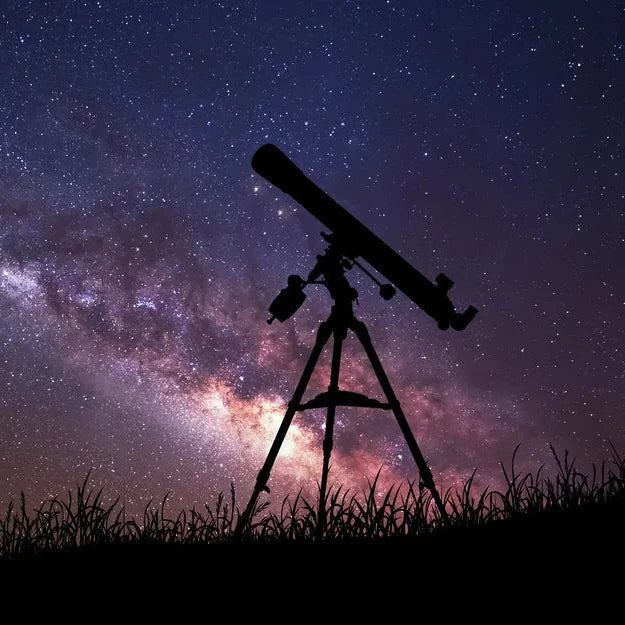
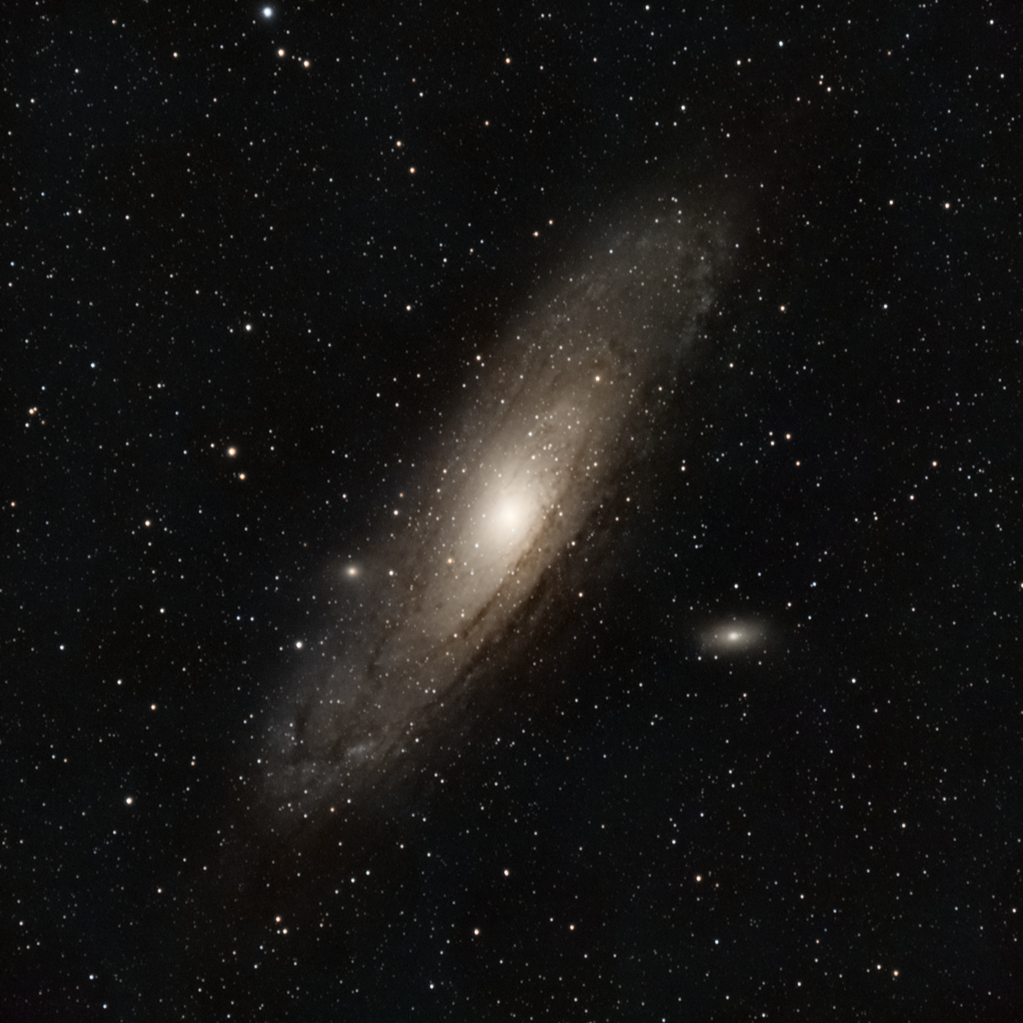
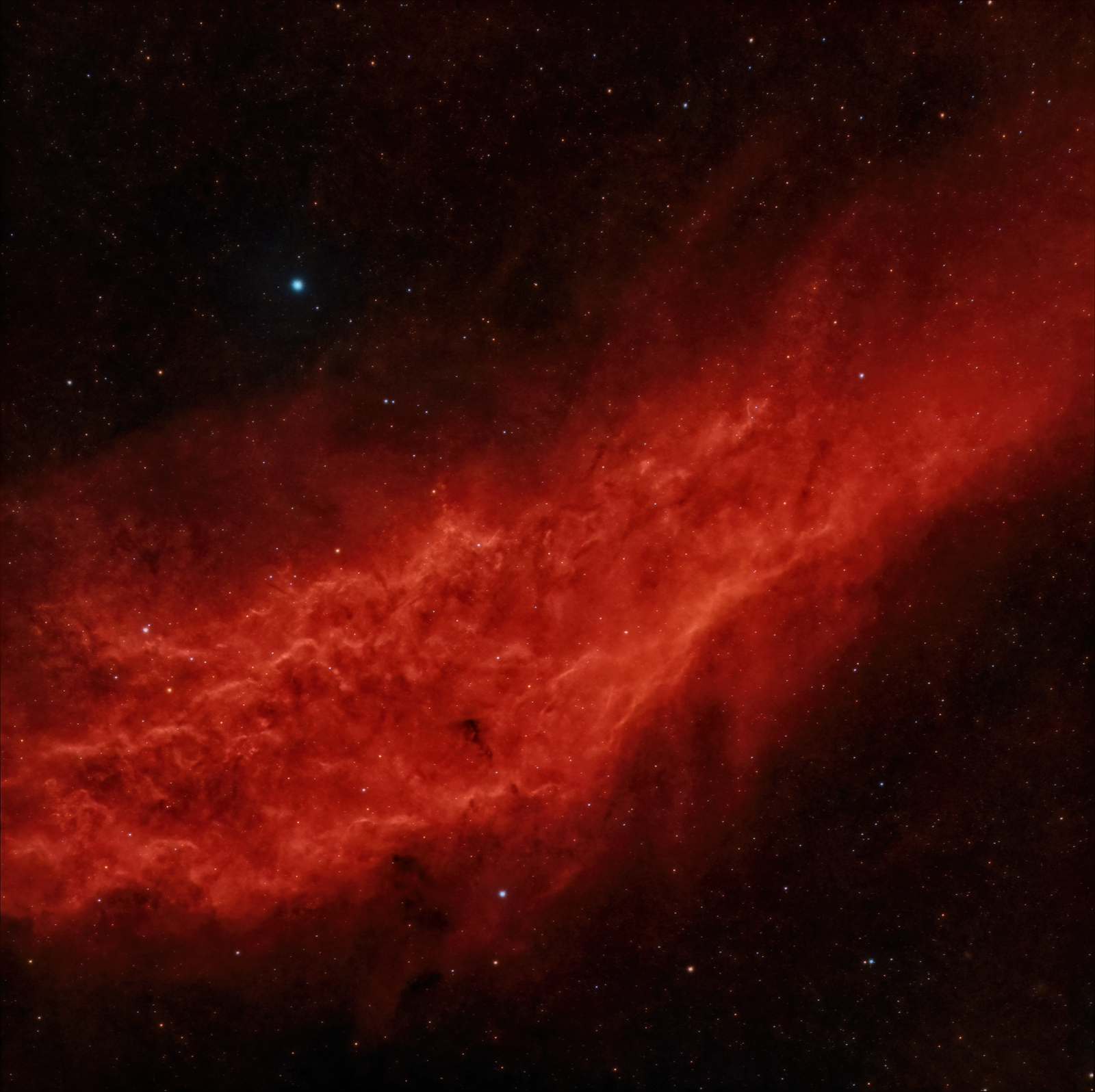






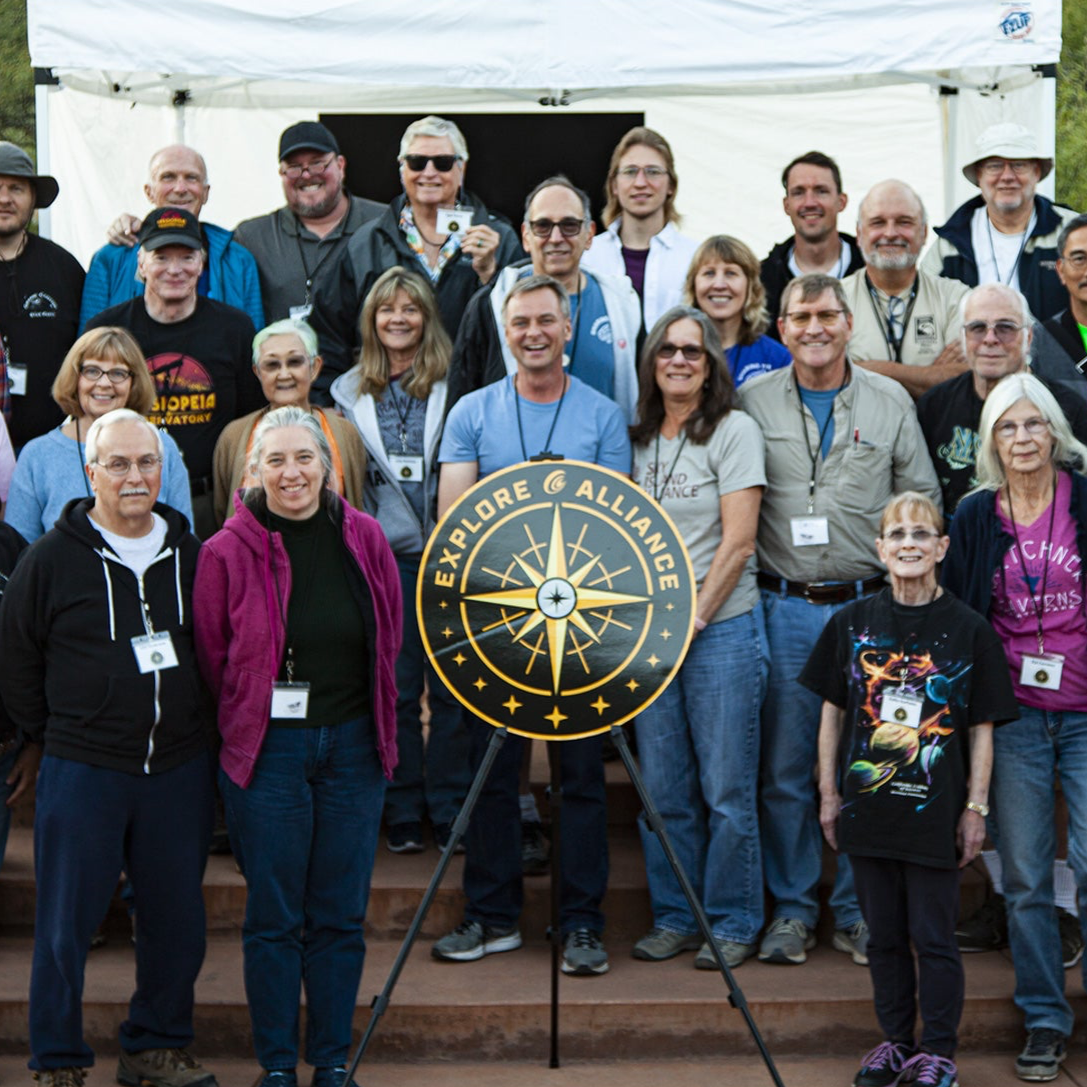

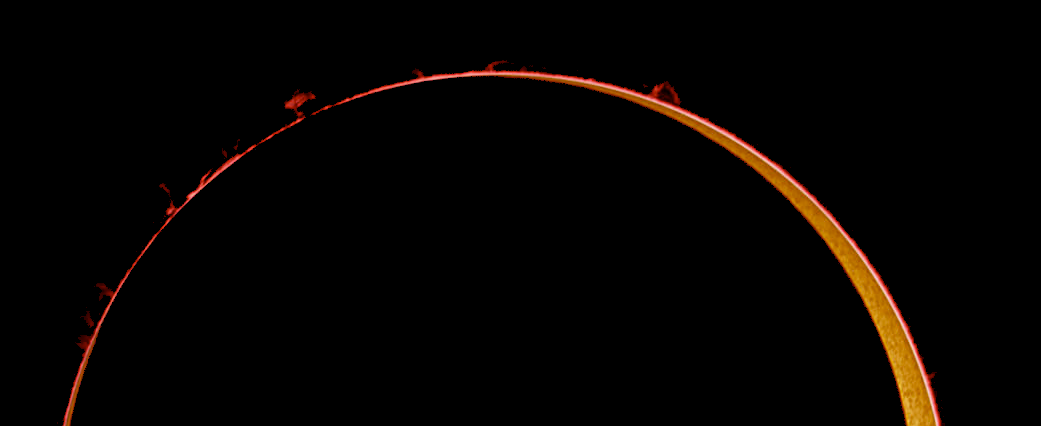

发表评论
所有评论在发布前都会经过审核。
此站点受 hCaptcha 保护,并且 hCaptcha 隐私政策和服务条款适用。